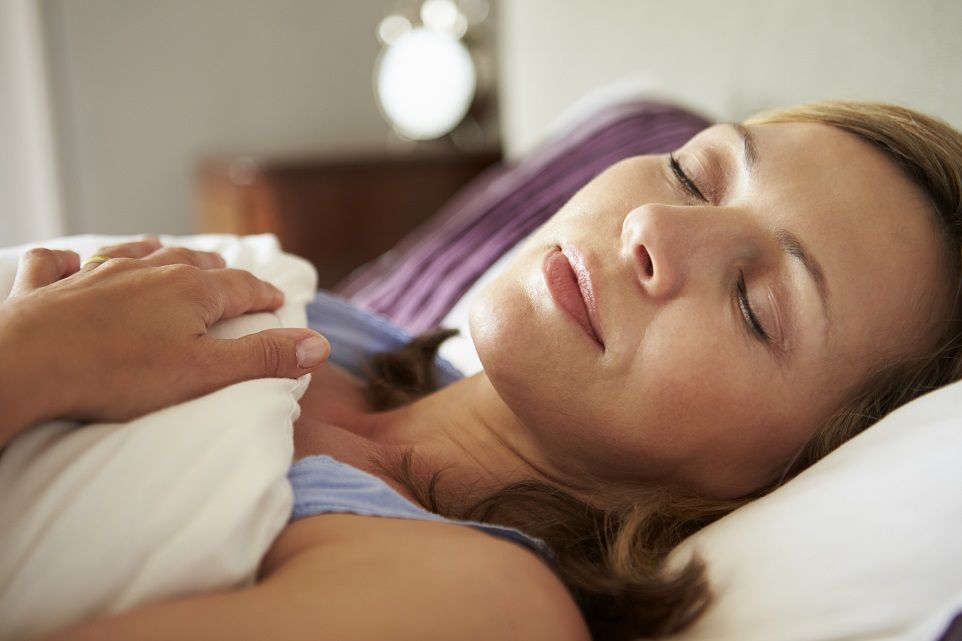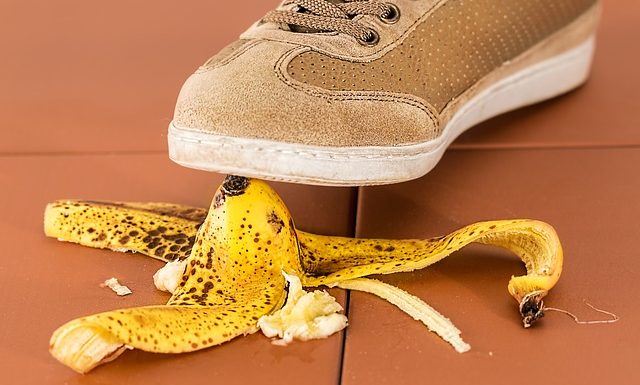A “slip and fall injury” might seem to be something trivial, or something you’ve seen in a children’s cartoon, but experiencing one can have massive implications on your physical health. If you have experienced a slip and fall, or have read up on slip and fall, then you may have a general idea as to just how dangerous these injuries can be to your body. If you want to keep yourself safe and sound after such an injury, or if you want to prepare for such a circumstance, below are some key tips to stay healthy after a slip and fall injury.
As comedic as “slip and fall” sounds, being injured in such a manner can cause all manner of repercussions – physical, mental, emotional, or even financial, depending on the particulars. Such an injury, when escalated, can also result in stressful circumstances that may hinder recovery. For instance, internal injuries, broken bones, and other potentially life-threatening effects can have a great impact in your life, and knowing how to deal with them may give you the opportunity to be more prepared for such an eventuality.
Learning about slips and falls is important as these aren’t rare phenomena. According to the Health and Safety Executive, slips, trips, and falls account for 29 percent of non-fatal injuries of workers in the United Kingdom in 2016.
Get to Know Your Injury
While the term “slip and fall” may seem straightforward, the injuries involved after the incident can vary from case to case. As such, getting healthy after such an injury can be tricky due to varied treatment processes. It’s important to get to know the injury you have before undertaking any kind of health or lifestyle changes you may want to try.
- Study the kind of injury you have and how it has impacted other people. If there are famous figures who have experienced such an injury, check how they have managed to adjust their lives. You can find positive inspiration from them. Research the nature of the injury and you can gain a better understanding of how it may affect you in the long run.
- Consult with a physician or a therapist on how the injury can affect your body. This is important so you get a general idea on just what the injury entails and how treatment works. This is a good time for you to check if what you’ve read about your injury is correct, and if not, find out what’s really happening to your body by visiting a healthcare professionals such as AICA Orthopedics to ensure quick diagnosis for faster recovery.
- After reading through the rest of this guide, try to go back to your physician and ask if some of the methods you’ve seen here are applicable for your particular injury. After all, not all methods work the same for all sorts of people, and this is much more so apparent when treatment methods are discussed.
Rest and Relax Appropriately

During treatment, one of the more enjoyable and equally frustrating situations that will happen to you is realizing that you have to take a lot of rest in order to fully recover. For some, this is good as they finally have a reason to sleep properly, or just lay in bed to help their body heal. This is a positive outlook on the injury.
For others, this is frustrating, and they may think there are a lot of things that need doing, and staying in bed doesn’t help. This is why the title of this section has the word “appropriately” in it, since resting is best done when done appropriately.
This means resting and relaxation, even when being treated, should be done properly. If your physician has given you a timetable as to how long you should rest and when you can start moving, try following that timetable as best you can. If you feel as though you can start physical therapy, consult a physician or a physical therapist to check if you really are fit for the “next step.”
Remember to not overexert yourself. Should you find yourself released from the hospital and fit to stay at home, try to make sure things you’re doing aren’t overexerting the area of your body with the injury.
Diet and Exercise Without Overexertion
Part of your treatment may be an exercise routine to follow. This can be coupled with a diet, especially if your injury has something to do with your dietary habits as well. Regardless, if you plan on being more active after the said injury, try as much as possible to consult your physician first about your plans and ask about the signs that signal when you should stop.
- According to Kansas State University, overexertion is actually in the top three leading causes of unintentional injuries in the U.S., accounting for a whopping 3.3 million visits to the emergency room alone in 2008.
- As a rule of thumb, overexertion isn’t the most appropriate thing to do when keeping fit. While exerting more stress can help muscles in your body grow and develop, too much stress can lead to additional injuries. When stressing your muscles with more volume or more repetitions, try to ensure you are not pushing your body too much. If you have to drag yourself to do a particular routine, it might be a good idea to stop.
- A good exercise routine is coupled by an appropriate diet. This allows you to at least ensure that your body is getting the right nutrients needed to perform your preferred routine properly. Consult with a physician regarding your diet first, however, as you may be consuming food that can be detrimental to your particular treatment.
Take Your Treatment Plan to Heart
When a slip and fall injury happens to you, it’s important to remember that the advice of your physician is something you should take to heart. While the tips above may be included in your overall therapy, it’s important to remind yourself to check with your physician about these tips first so your recovery process can be tailored to your needs. Check with a lawyer who is knowledgeable about slip and fall injuries if you think you can be compensated, especially if your injury occurred in a space that should otherwise be safe, such as work or a construction site.

Leave a Reply